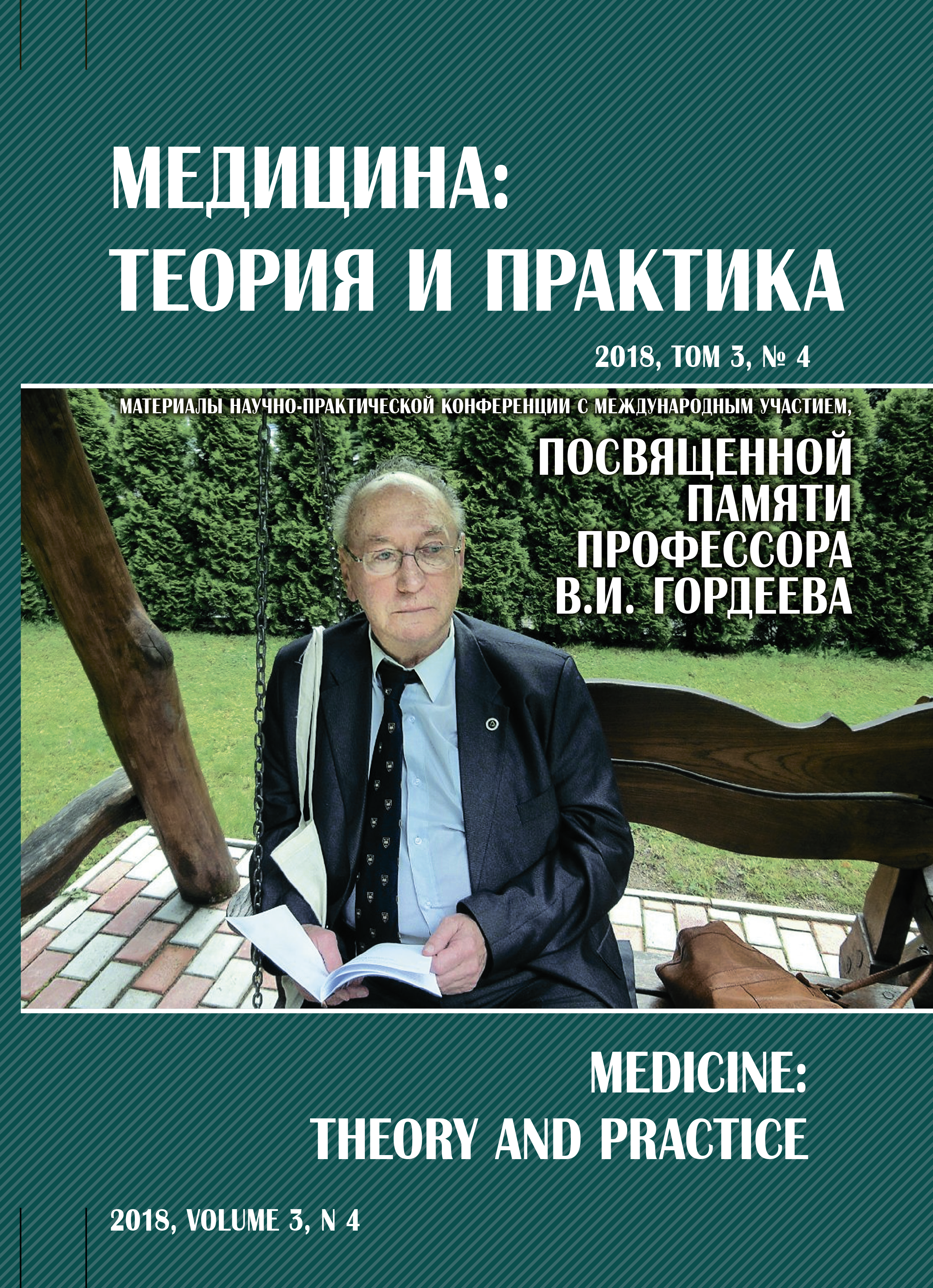Analgesic efficacy of the blockade quadratus lumborum muscle after laparoscopic prostatectomy
Abstract
The aim of the study was to evaluate the effectiveness of bilateral blockade of the quadratic lumbar muscle for postoperative analgesia in laparoscopic prostatectomy with lymph node dissection. Materials and methods. The research included 12 men aged 54 to 73 years who underwent laparoscopic prostatectomy with lymph node dissection. Patients were divided into two groups of 6 people, which differed in that in the 1st group additionally used bilateral blockade of the quadratus lumborum muscle. 20,0 ml 0,25% ropivacaine solution. In the postoperative period, the intensity of pain syndrome was assessed by 10-point VAS, the occurrence of nausea and vomiting, the frequency of use of narcotic analgesics, NSAIDs and antispasmodics, sleep disorders were recorded. Research result. The intensity of the pain syndrome was on average 1.0 points for VAS in group 1, 5,0 points for VAS in group 2. Indications for the use of narcotic analgesics, NSAIDs and antispasmodics in group 1 did not occur, whereas in group 2 these drugs were used in 33%, 100% and 66%, respectively. Nausea and vomiting were observed only in group 2-in two of 6 patients. Awakening at night was observed in one patient in the first group and 5 patients in the 2nd group. Conclusion. The blockade of the quadratus lumborum of the loin is relatively easily done using ultrasound and can be used as a component of multimodal analgesia after laparoscopic prostatectomy with lymph node dissection.



